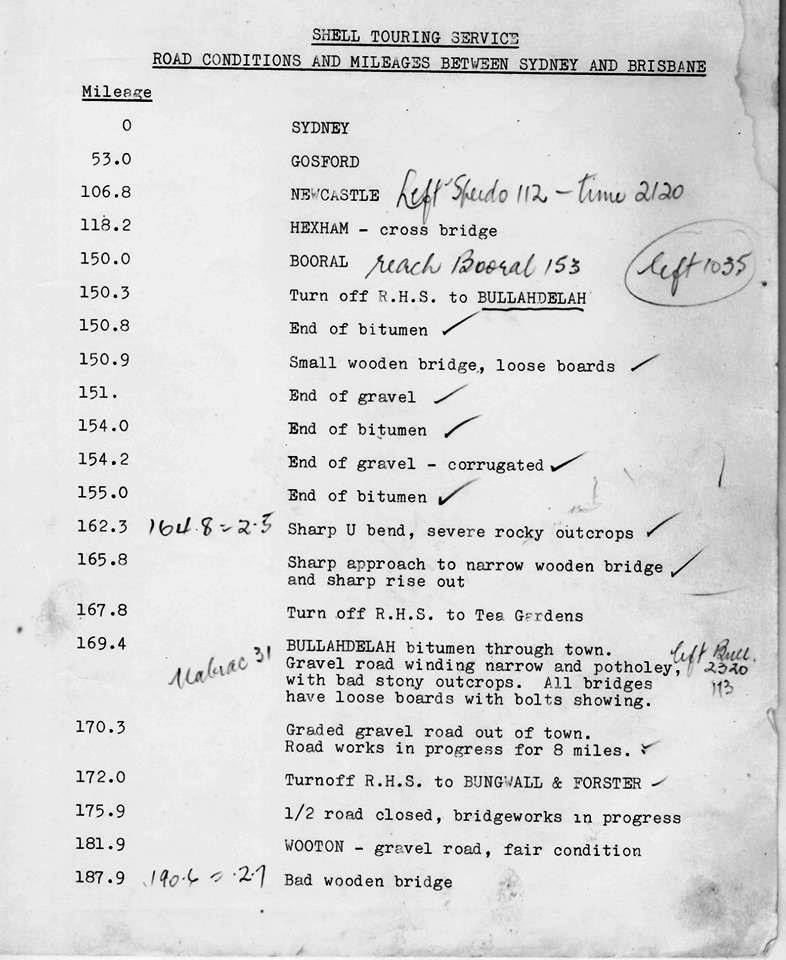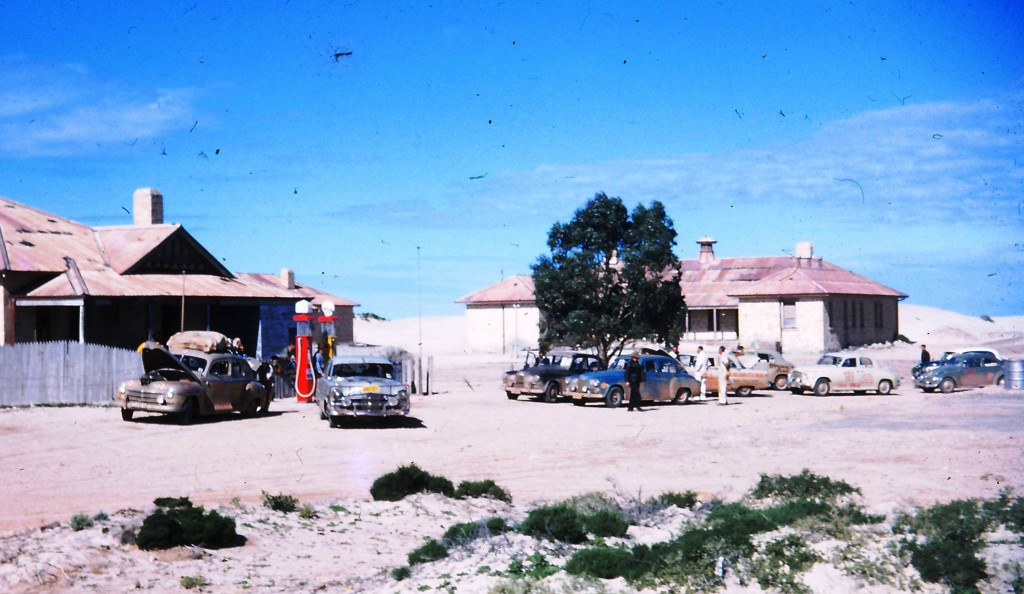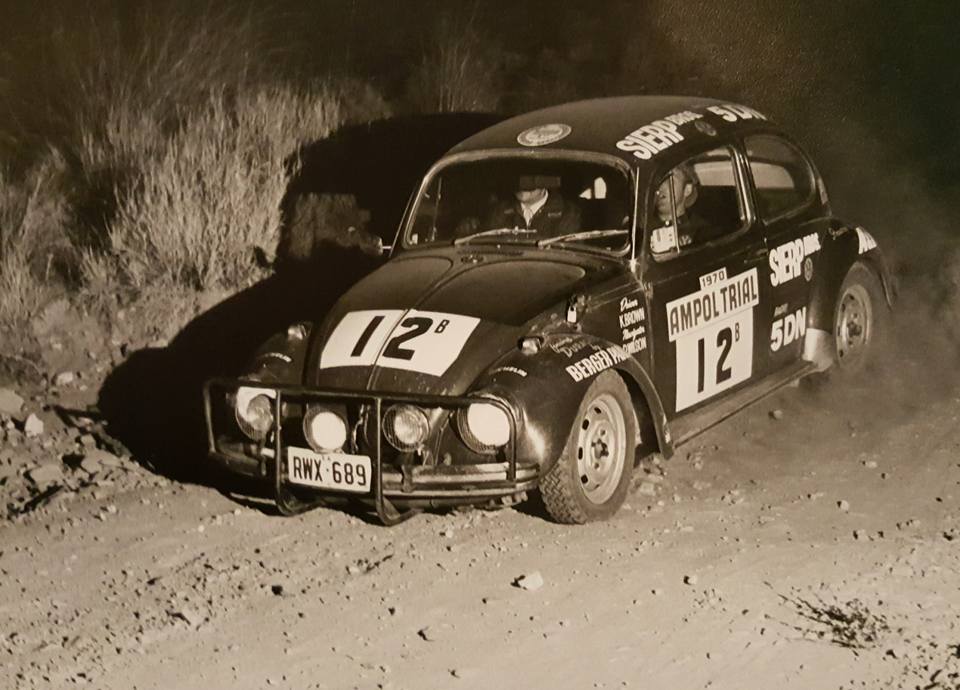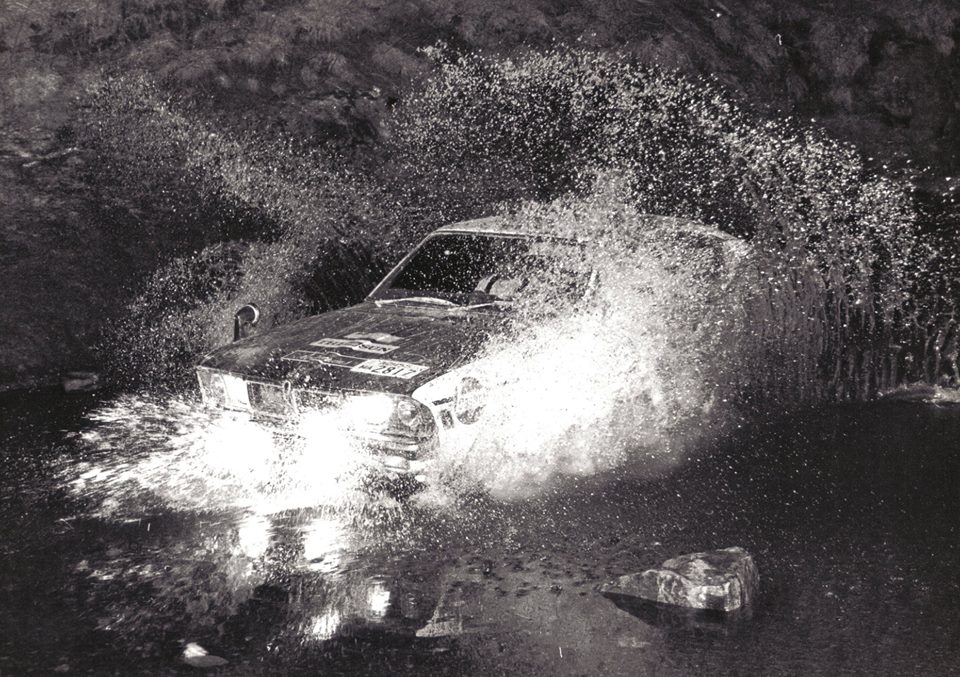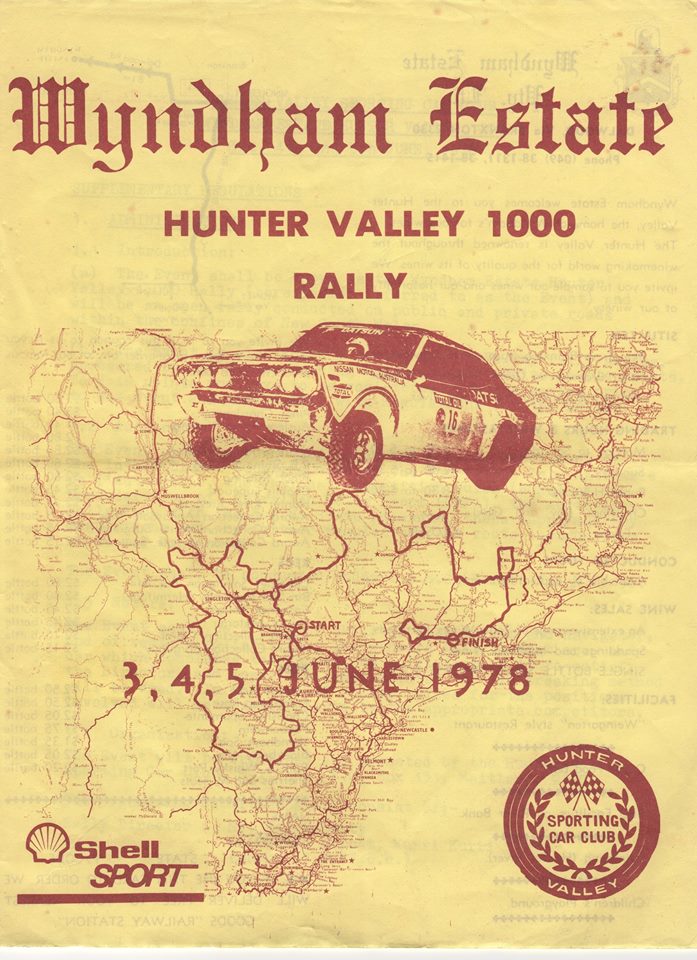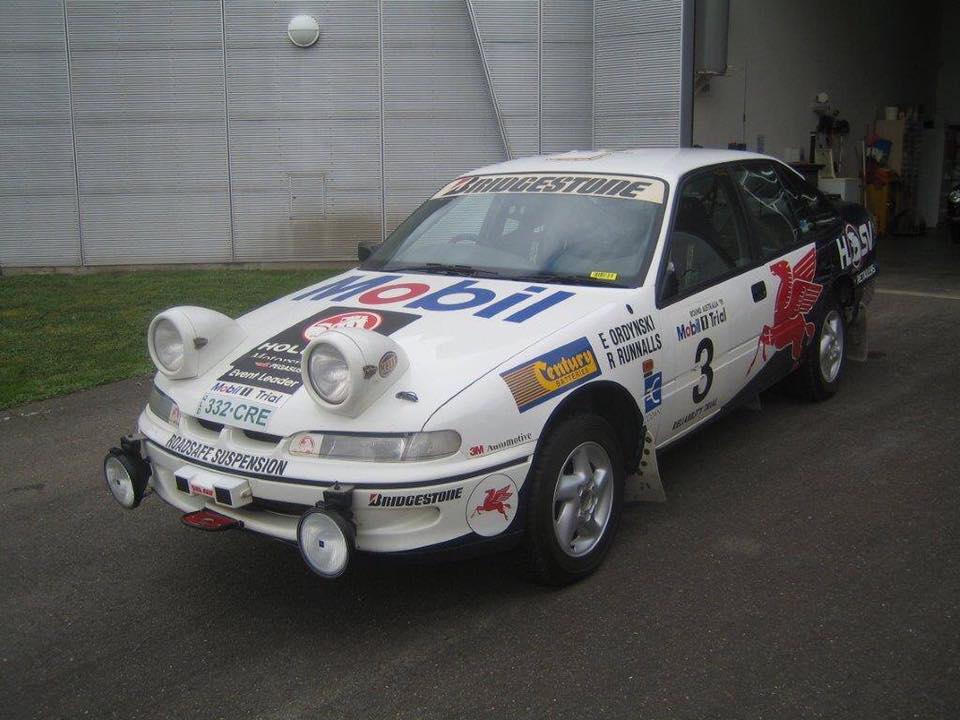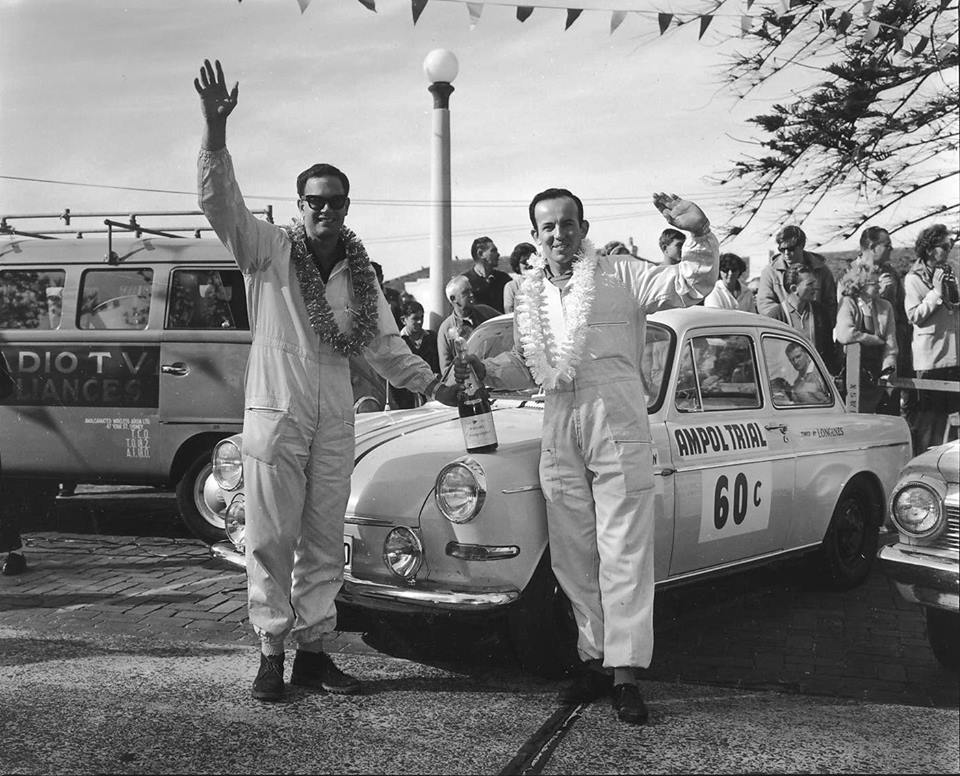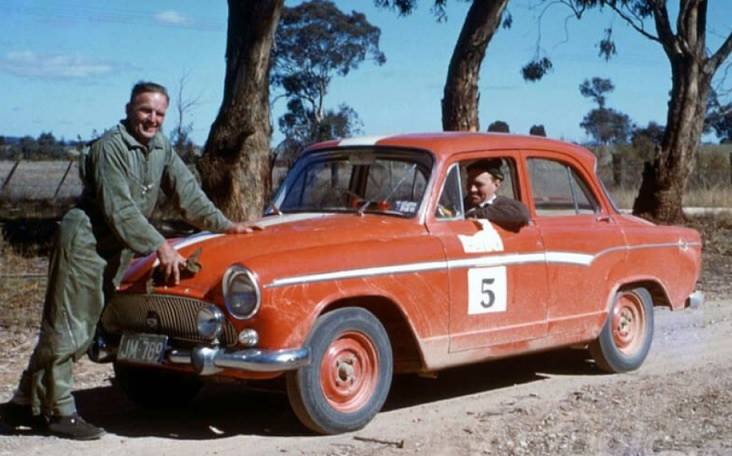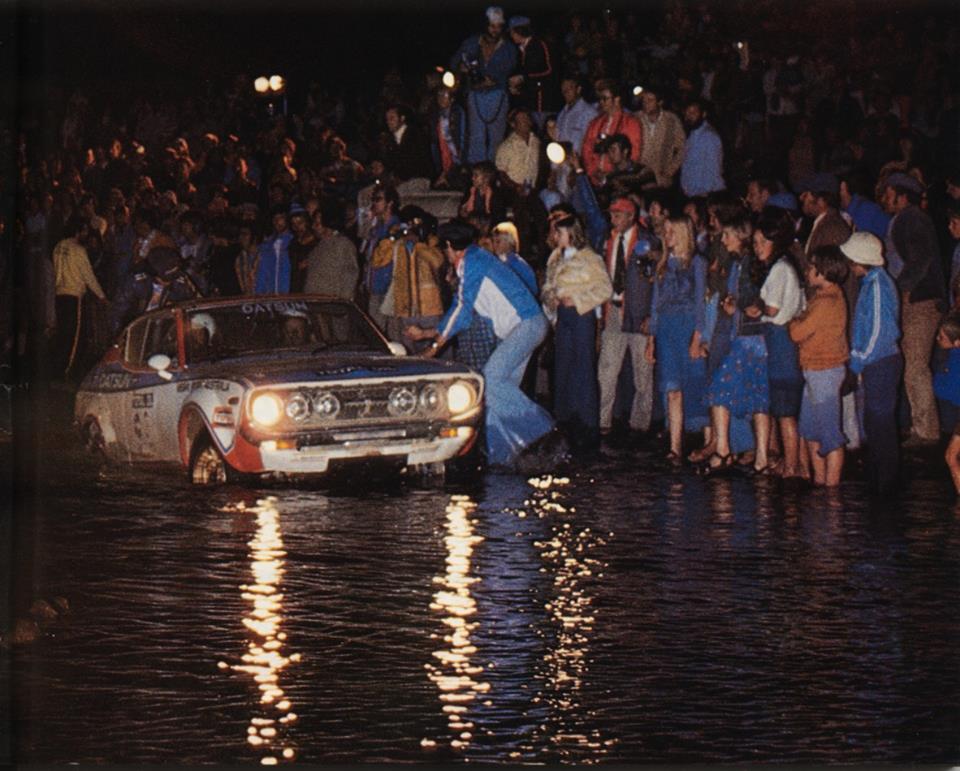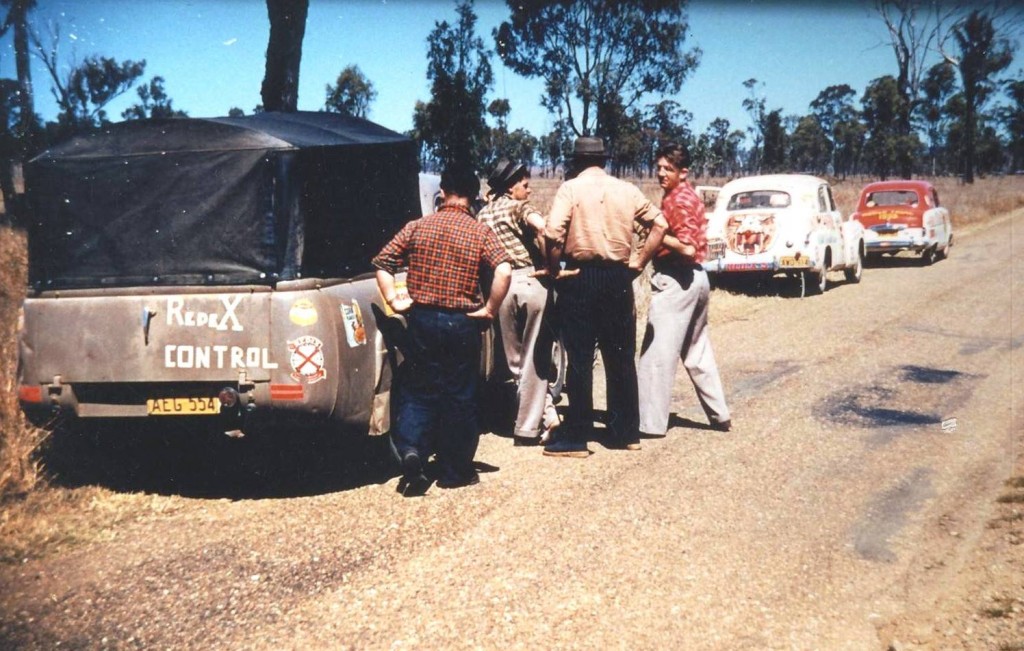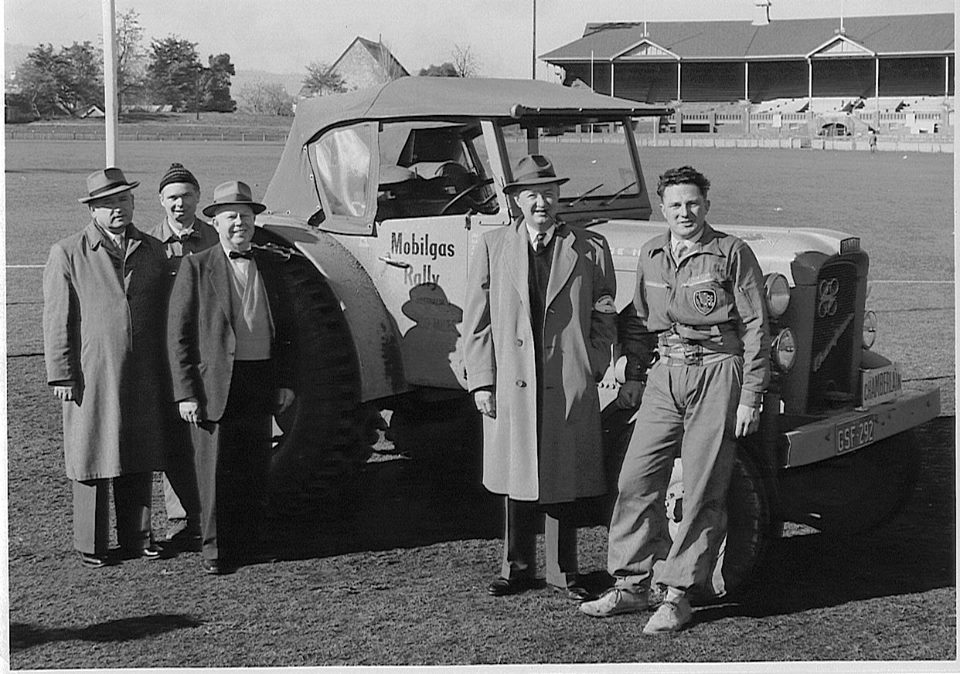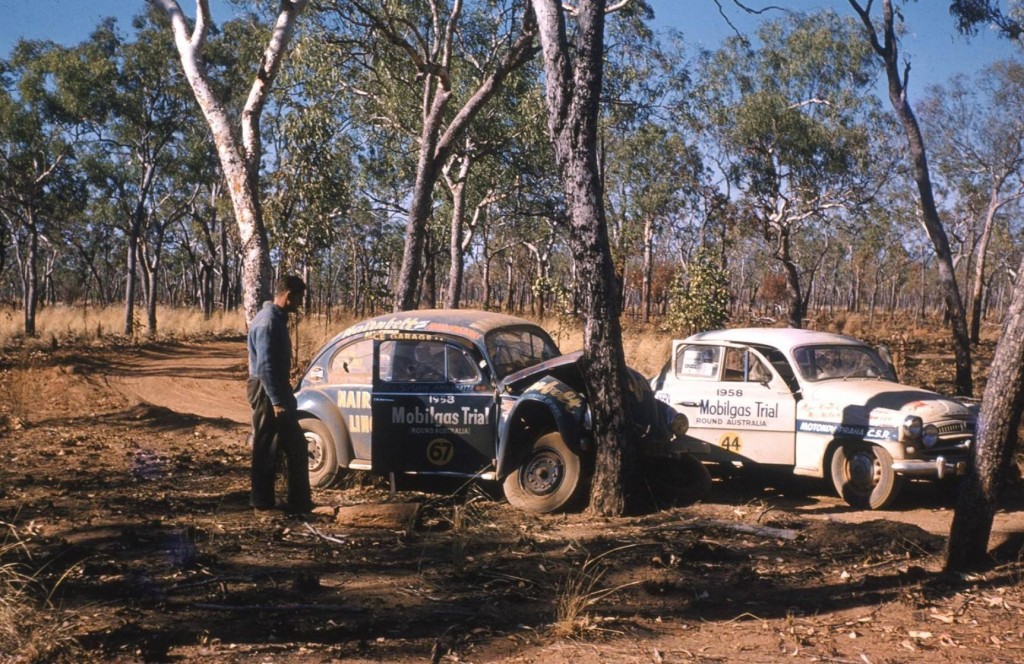NSW led the way in trials of the 1940s and 1950s and it was our car clubs and the people in them and the competitors of the day, which give us our fine rally heritage. Car trials were what clubs could easily run within the law at the time and during the late 1950s, they attracted hundreds of new members who wanted a taste of the adventure that the Redex Trials had generated.
The Redex Trials of 1953, 1954 and 1955 were run by the Australian Sporting Car Club of Sydney and they launched an era that put trials on the front page for the public and started the motorsport we have today. NSW took five of the nine podium positions from the three Redex Trials.
Drivers and crews came from all walks of life and found ways to get cars through roads that were no more than goat tracks to distant parts of the continent.
Only poor road maps were available for most of Australia, so people who could read a map and find their way across the country were in high demand as navigators. The cars used were just the ordinary cars of the day, sometimes with only a sump guard for underbody protection and extra driving lights added.
The Ampol Trials that followed in 1956, 1957 and 1958 were also NSW based events, again run by the ASCC and it was these events, eventually totalling six, that were the hub of the post-war ‘adventurous’ era of the sport. Competitors in these events became household names to the public of Australia.
It was the 1956 and 1957 Ampol Trials that led to the trials clubs of NSW leaving CAMS and forming a separate body, the Council of Combined Car Clubs. There was quite a bitter dispute with CAMS that was not resolved until late 1957. Upon the return of the trial clubs to CAMS, the first Rally Advisory Panel in Australia was formed in NSW in 1958 and the first rally code followed soon after.
In 1960 NSW conducted the first State Drivers and Navigators Trials Championship in Australia. The events that made up the series in 1960 were run by the Goulburn Auto Club (Goulburn 600), Canberra Sporting Car Club, and the Australian Sporting Car Club (Antill Trial and Southern Mountains Trial 1000 Miles). All events were run at night, normally from about midday to midday and covering around 500 miles unless run over a long weekend.
As maps became better around the urban areas, the trials at club level became more and more dependent on navigation and directors started to use more and more tricks to provide good competition at this level. Because of poorer maps in the areas used by the open/championship events, the ‘tricks’ weren’t needed and became unwanted as manufacturer interest was attracted.
It was at about this time that the first events were run which were fully route charted. The Goulburn Auto Club was to break new ground at the time to run a ‘drivers’ event by running the first fully route charted state championship event in 1965. This was a long time before anyone else in Australia thought of adopting this concept.
Manufacturer support was easier to acquire with only the driver, the car and the road to contend with and this was soon to become the norm for almost all events outside club level.
During the 1960s the car clubs grew and grew and more and more road events were conducted. Castrol promoted the Castrol Safety Drive with the help of the Sun newspaper. This comprised participation by entrants from the public in standardised car club events with an eventual state winner. The youth of the state accepted the idea and flocked to the event. The clubs that participated gained significant identification and increased their memberships considerably.
By the mid 1960s NSW had a massive number of car clubs that would start to strain relations if every club wanted to run their own trials on the public roads. A ‘group’ system was introduced in NSW, primarily for Sydney and Newcastle whereby all clubs in the group could participate in trials run in the ‘group’ in an endeavour to minimise the numbers of events needed on the public roads. The previous rule limiting the number of invited clubs to an event was relaxed, enabling support to be given to smaller clubs and also to encourage those smaller clubs to participate in the higher-grade events.
Unfortunately the population of NSW was increasing in a post-war surge and car trials started to attract the attention of Councils, the Shires Association and then the Police. This came to a head in late 1968 with the Police threatening to close down car trials.
All car trials in NSW were suspended in 1969 and the records reflect this with no NSW Championship winners appearing on the honour board for that year. An agreement was negotiated with the Shires Association which satisfied the Police and things returned to a workable level, for a number of years at least. The suspension in 1969 was not well received by all and ill feeling existed for years to come within the sport.
The Southern Cross Rallies started in 1966 and the ASCC was still at the forefront of NSW events. They were still regularly running 500 mile/one night events so the format was easy. Four events merged into one over four nights, parc ferme between each night and only controlled servicing would introduce an exciting new long distance challenge surpassing anything else seen in Australia.
But this was far more than an ASCC event; NSW thought of it as its own and it was supported by every rally club in the state. Australia embraced the Cross and because of its format it immediately became the premier event in Australia.
The sections in the early years of the Cross were mostly route charted but by todays standard, it would be considered a fairly primitive route chart. The interstate competitors loved the idea and flocked to the event. A ‘drivers’ rally was so different from anything they had at home and substantially different from the only international event at the time, which was run in Victoria and was heavily navigation based.
One can see the transformation in rallies during the period of the Southern Cross Rallies from 1966 to 1980, merely by looking at the Supplementary Regulations, Road Books and result sheets. The Route Instructions moved from the old format to a Road Book with full route chart, tulips, intermediate distances and full spacing of instructions, which would be easily readable by the co-driver of today. The event also started to break down the CAMS issue of whole minute timing, introducing quarter-minute timing in the competitive sections.
Canberra’s Don Capasco Rally in 1974 was ground breaking for the sport in that it introduced what was needed for rallying – closed roads. This heralded the modern era for the sport and introduced ‘elapsed time’ to Australia.
All rallies to date were ‘blind’ rallies, although pace notes had been talked about when international drivers competed here and competitors were starting to learn about them. One early navigator first used them in a couple of sections in the 1971 Heatway Rally in New Zealand when competing with Andrew Cowan in a Mini Cooper S for NZ/BMC.
The 1980s saw another period of change, both for vehicles and the types of events.
Gone from serious rallying were the open road events, initially in daylight at least, the introduction of rallysprints, or short section closed dirt road events, and night only forest rallies.
CAMS changed the vehicle specifications for rallies from Group G to Group A and then to Production Rally Cars (PRC) fairly quickly as Group A was recognised as unworkable. All this was done in the interest of the sport, according to those in CAMS who initiated the changes. Few of the vehicle changes really seemed to help the competitors, the clubs or the state. Some stability appeared to emerge with the Production Rally Cars category, which itself has also seen regular eligibility changes.
The 1990s saw the emergence of a state standardisation for the organisation of the special stage rallies and a surge in rallying followed.
Part of this upswing came from the very successful Gemini series in NSW, which ran with good fields and considerable support until 2007. It was a low cost series for standard Holden Geminis with only limited modifications permitted. A similar successful series, based around the Hyundai Excel, was introduced in 2005.
1992 saw a group of rally people in NSW break away from CAMS and form the Australian Motor Sport Action Group – AMSAG. It is regrettable that this fragmentation of the sport in NSW was ever allowed to occur and that it continues to this day. Active and enthusiastic competitors they are and we must continue to recognise them as part of rallying in NSW.
Costs have always been a very significant factor of entry-level competition. This was particularly felt in the early part of this century with the introduction of expiry dates on seat belts, fire extinguishers and helmets, and later the introduction of frontal head restraints and RallySafe for tracking.
These regulations are justified as necessary for OH&S standardisation throughout the sport but some would argue that they produced a negative effect on the sport, as costs affect entry level competitors heavily and without those, the top level of rallying is not sustained. Many competitors in the Gemini Series say it just got too expensive to compete and left the sport.
The introduction of Historic, Classic and Clubman groups for eligible vehicles has seen an increase in competitors and helps to continue growth in the sport.
The car trial of the adventurous age is now only part of our history, but a history over which NSW can claim pre-eminent ownership from the Redex, the Ampol and the Southern Cross events. Without these events in our history we would not have what we have today. We have an exciting sport albeit beset with community and environmental pressures on all sides.
Let us all work to have it survive and flourish.
The closed road special stage rallies are now the pinnacle of our sport and the rally clubs of NSW and their members continue to be the backbone of NSW Rallying
Pace notes are used in many events today but blind rallies are still considered by many as the ultimate test of rally driving and are popularly used outside state championship events. Rallysprints and khanacross have emerged as excellent club activities and the training grounds for dirt rallying.
The ‘tricky’ navigation of the 60s has stayed and is still enjoyed in a number of clubs in the state, in the shape of Navigation Assemblies and open navigation is still well practised in longer distance events, most of which are run as Road Rallies.
All form a part of the ‘rally family’ of today.
With many thanks to Dave Johnson, a member of the CAMS Australian Rally Hall of Fame.
Dave was the first Rally Panel Chairman in 1958 that saw the NSW Championships start, won the state navigator championship twice and was the first to be in 3 winning cars in our Southern Cross Rally.
He was the NSW member of the first National Rally Committee that brought in the National Rally Code and the first National Championship.
Born in 1933, he is still competing from time to time in blind rallies but always in the left hand seat. He’s also still passionate about maps and ‘real’ navigation and enjoys the challenge of organising navigational rallies.
